Week 15
Reading
The students worked on breaking words into syllables based on consonant-vowel-consonant chunks, to make longer words easier to read. For example, the word supper, is made of two consonant-vowel-consonant (or CVC) groups, sup + per. When students learn how to break words into syllables, it saves them from accidentally reading supper as super! We will continue to work on breaking words apart into more manageable pieces next week. We will also practice reading nonfiction and hunting for the main idea and supporting details in a text.
Spelling
This week the students studied words containing the long “i” and “u” sounds. Next week, the students will study words containing consonant digraphs, when two consonants come together to make one sound like “ch” or “th.” The students will learn to spell words like through and crutches.
Vocabulary
The students studied the following words: Agree, bare, famous, feast, gentle, hero, leader, notice, search, and weak. We are working hard to understand that sometimes words can mean more than one thing and we have to use the context clues in a sentence to figure out the meaning of the word. For example, this week the students had to read sentences to determine if notice meant to see something, or if it meant a notice like a posted sign.
Writing
The students brainstormed, drafted, and began editing fiction stories about winter. Each story must contain an interesting beginning that grabs the reader’s attention, a problem so the reader will keep reading, and enough details that the reader can picture the story in his or her mind. Next week, the students will finish editing and revising their pieces and publish their work!
Math
The students worked on measuring in inches and centimeters, using rulers and tape measures. This can be a hard skill for second graders because they often forget to make sure they have lined their tool up with zero before they start measuring. The students also studied temperature and time.
The students were introduced to the partial sums addition algorithm this week. This addition strategy is very different from the way we were taught to add many, many, many years ago. 🙂 To use the partial sums addition algorithm the students can add up the tens, add up the ones, and then add those partial sums together to get a final sum. For example, 58 + 45, The students have learned to add 50 + 40 = 90, 8 + 5 =13, and finally 90 + 13 = 103. This is just another strategy that helps your child learn to add efficiently!
Here are a few of our mathematicians measuring our classroom!

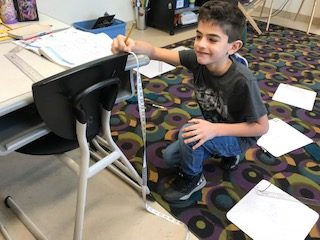
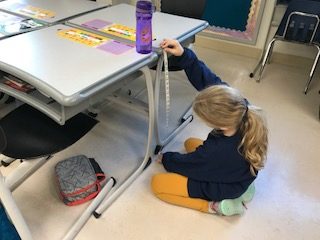
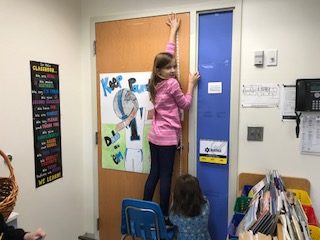
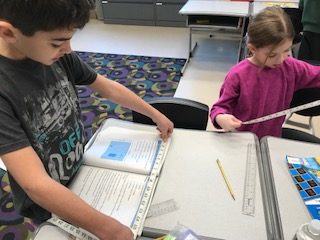
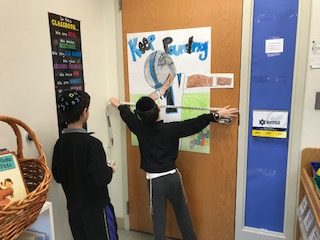
Project Based Learning- Social Studies
The students have begun learning how to be smart shoppers. This week, they studied bartering and the invention of money, needs vs. wants, and were introduced to the concept of budgeting. Next week, the students will practice making and sticking to budgets!